Investing for results
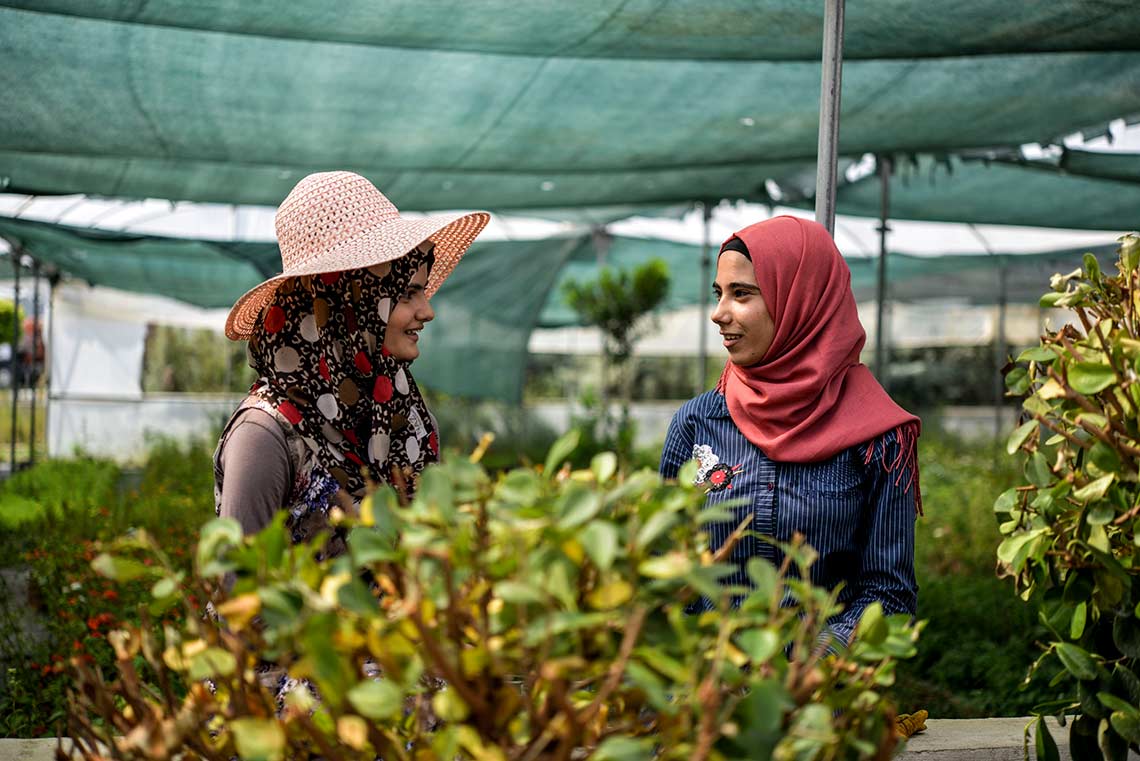
There are 1.3 million Syrian refugees in Jordan with 80 percent living within host communities and the remaining 20 percent in camps. There is a particular concern in terms of...
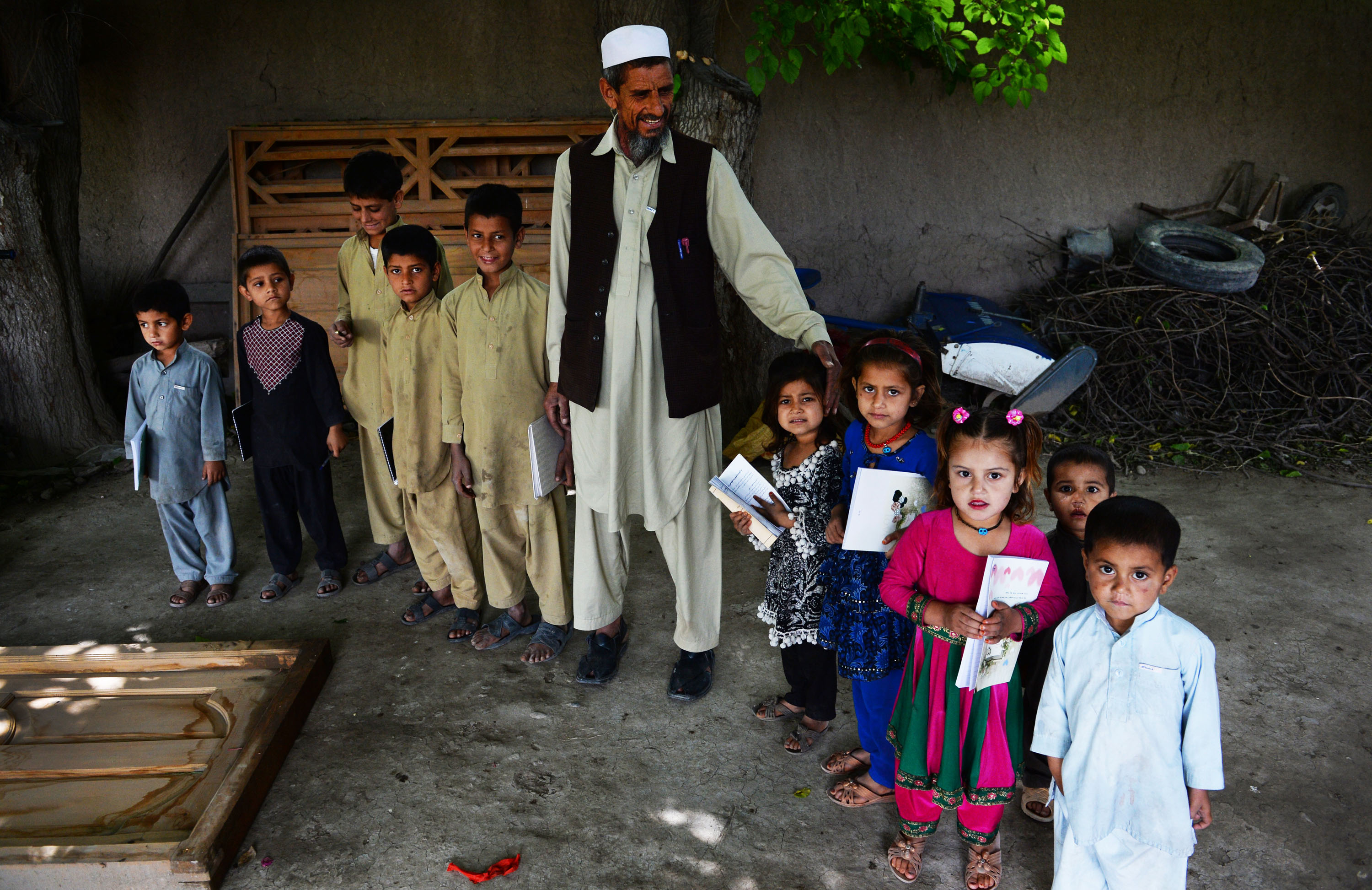
Food and nutrition insecurity is a severe and widespread problem in Afghanistan. About 30 percent of the population is food insecure, and 40 percent of Afghan children under five years...
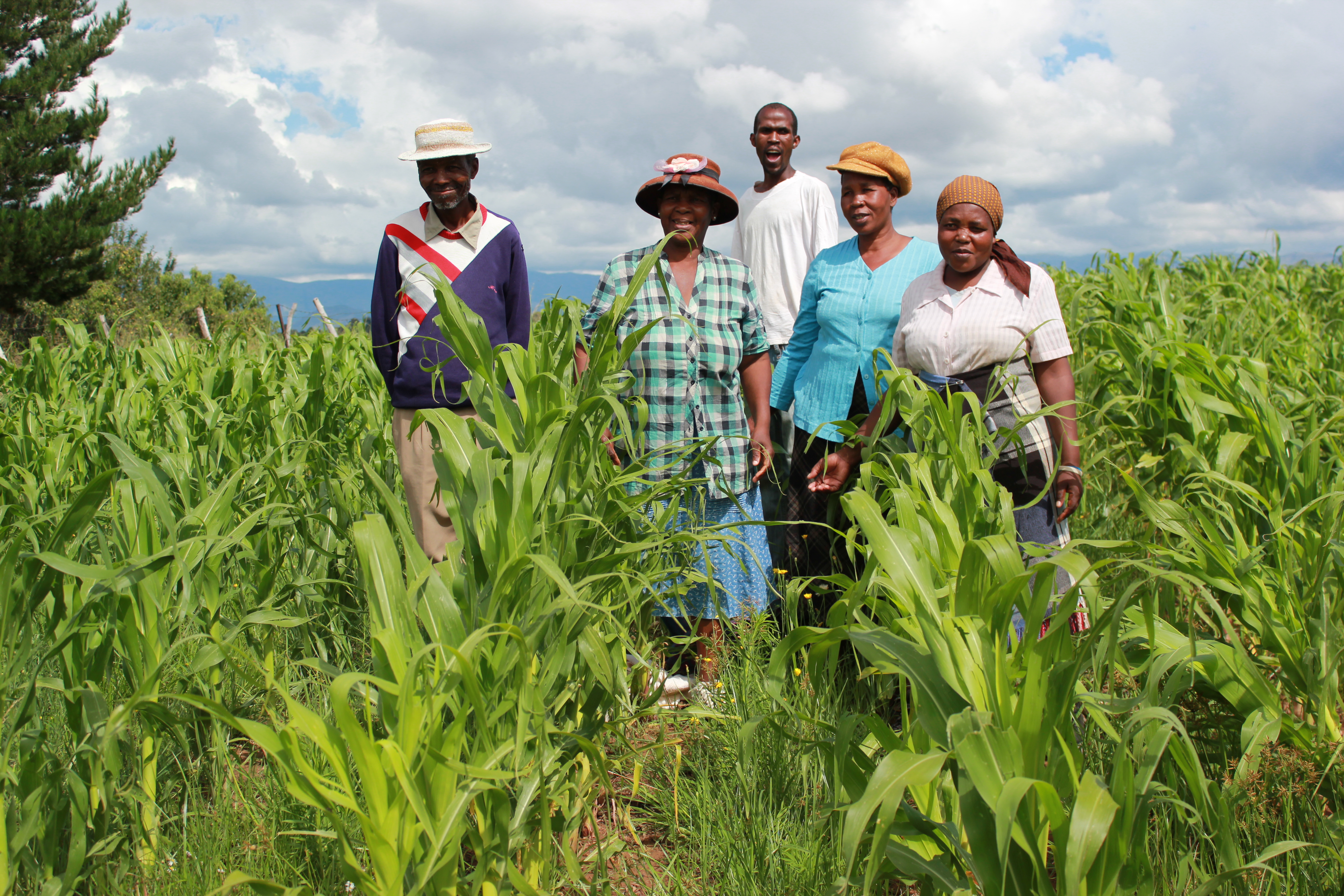
The Voluntary Guidelines on the Responsible Governance of Tenure of Land, Fisheries and Forests in the Context of National Food Security, known as the VGGT, promote secure tenure rights and...
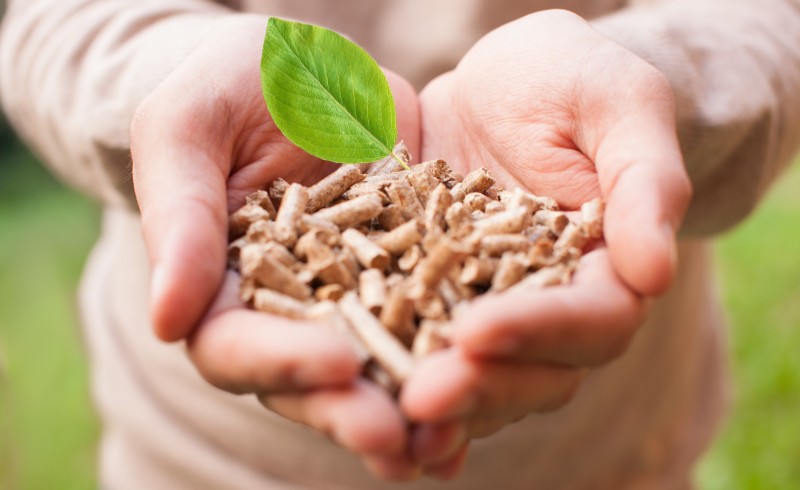
Bioeconomy comprises the parts of the economy that use renewable biological resources (plants, animals, micro-organisms, etc.) to replace fossil fuels, and produce food, animal feed, and other biobasedproducts. Its cross-cutting...
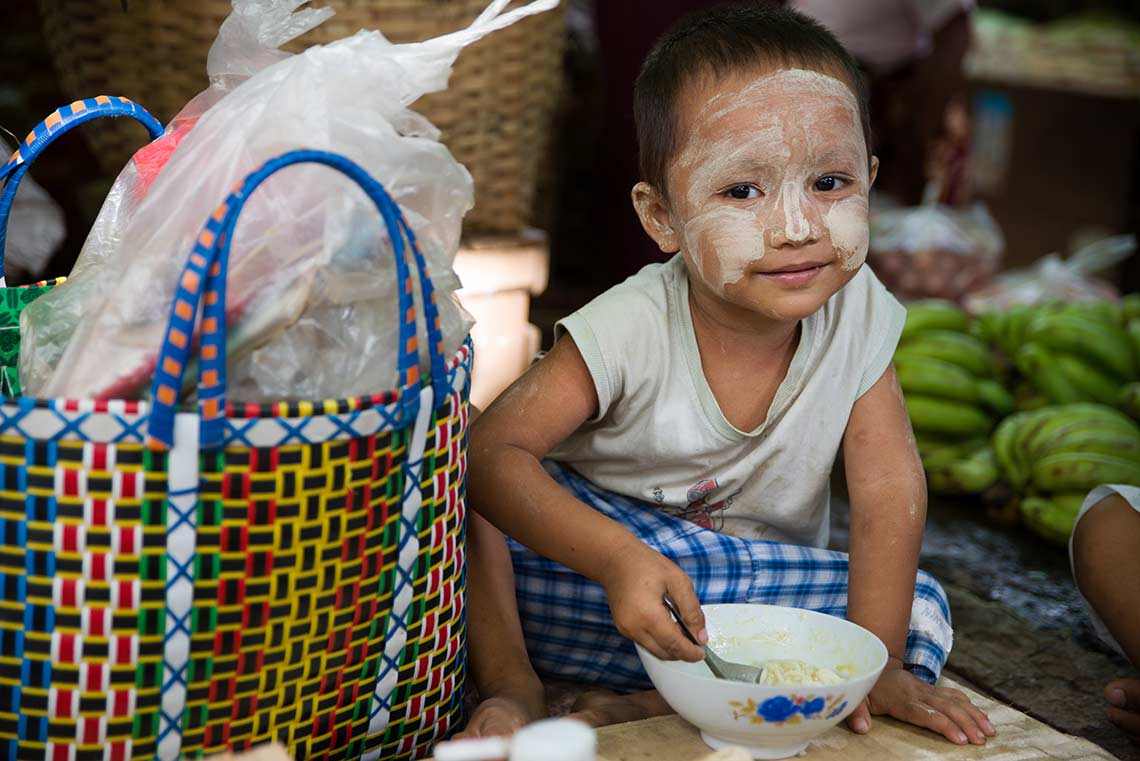
Safe food is critical to achieving food and nutrition security, improved public health outcomes and increased competitiveness in agri-food trade, which fosters opportunities for improved livelihoods and economic development. It...
.jpg)
Political disputes and the deterioration of the economic and security situation in Libya continue to threaten the agricultural sector and its infrastructure. The cereal sector and, above all, wheat production,...
.jpg)
In October 2014, the European Commission identified Sri Lanka as a non-cooperating third country, on the basis that it was not taking sufficient action to prevent, deter and...
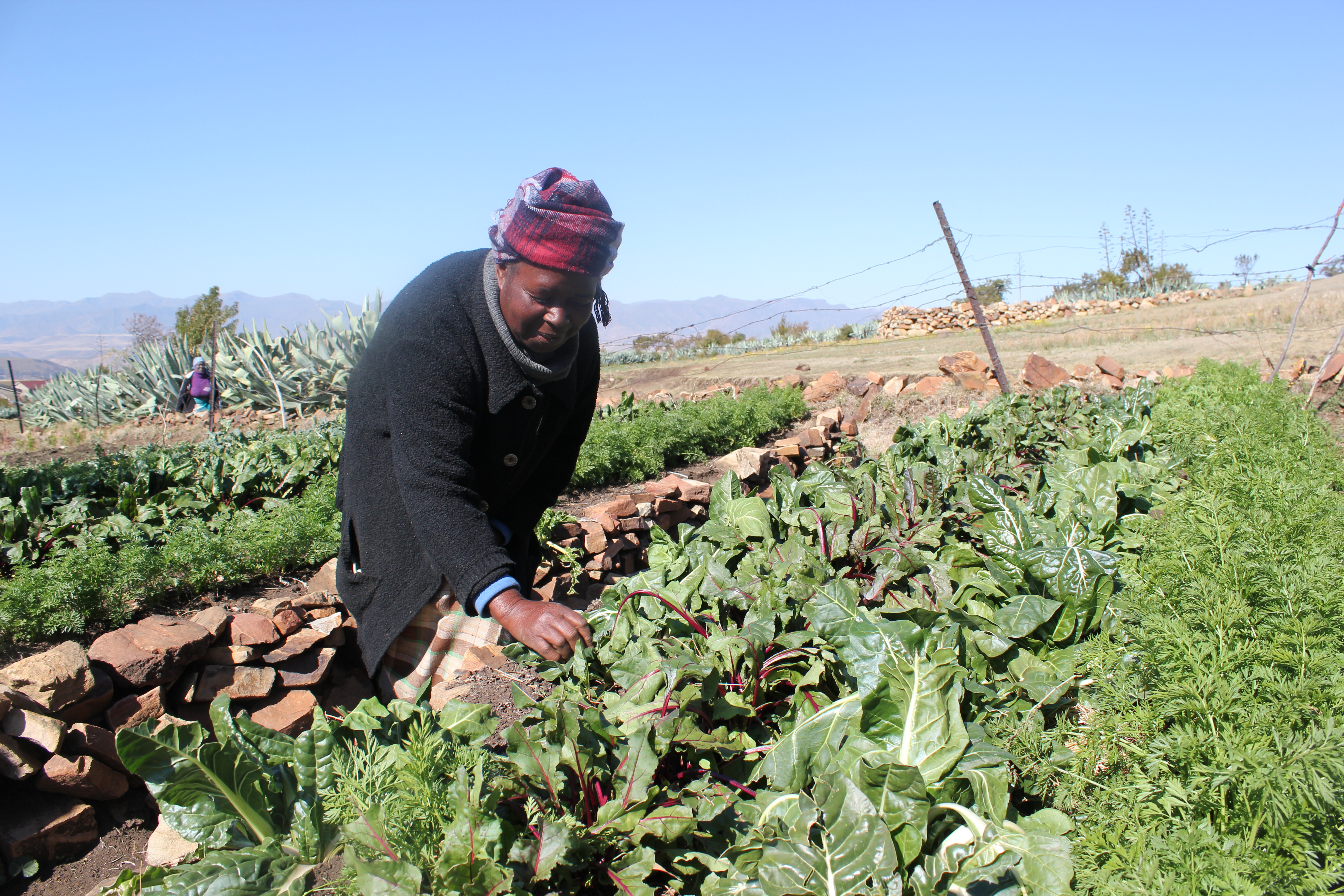
Nearly 75 percent of Lesotho’s population live in rural areas and depend on farming for their livelihoods. The proportion of people living below the poverty line is increasing, and arable...
.jpg)
The Boko Haram insurgency in Cameroon’s Far North region has led to a large influx of refugees from neighbouring Nigeria and of internally displaced people. Local communities, already disproportionately affected...
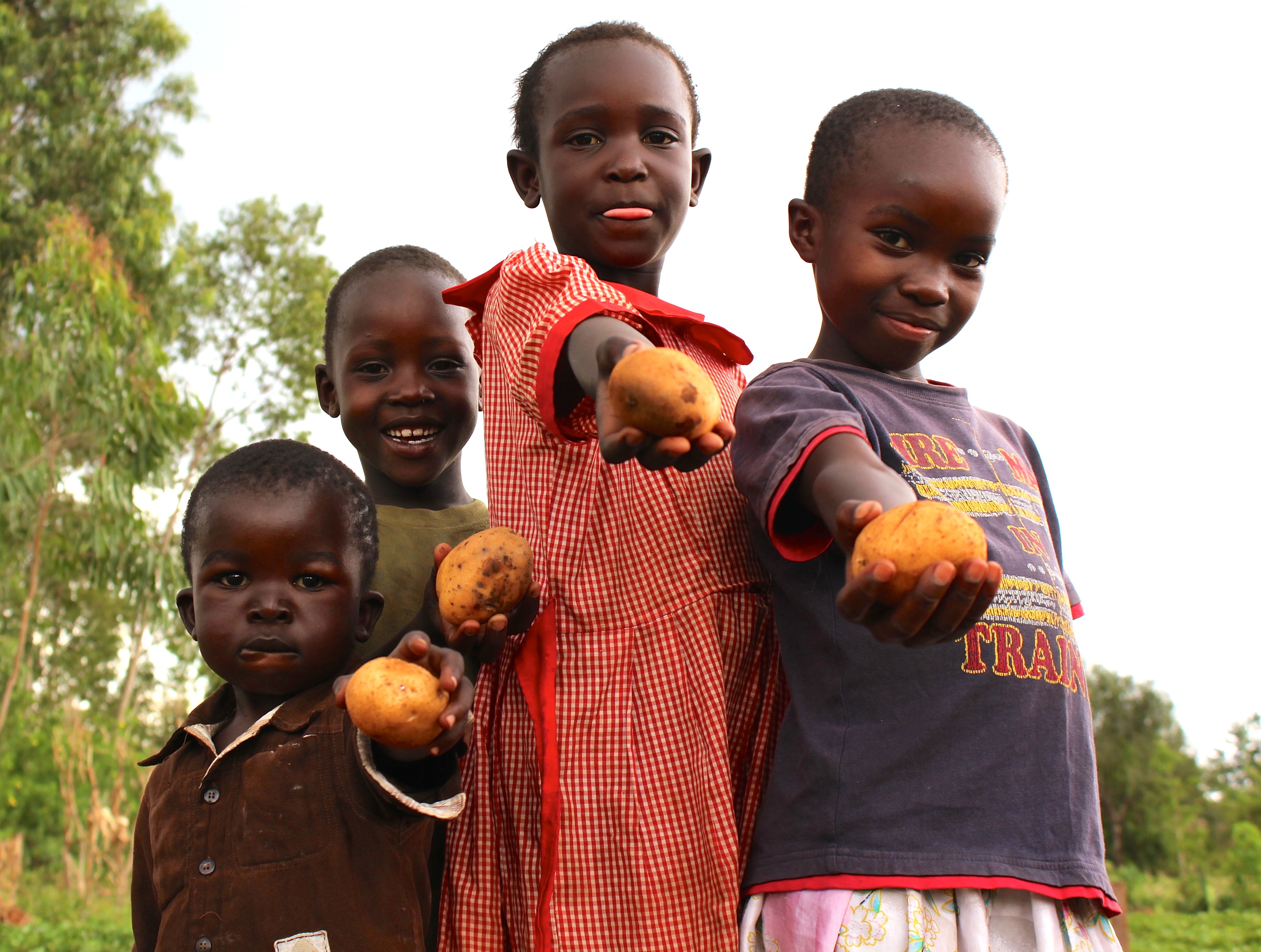
Mainly grown in the highlands of Kenya, potatoes are an important staple food and cash crop and play a significant role in national food security, nutrition, poverty alleviation and income...
